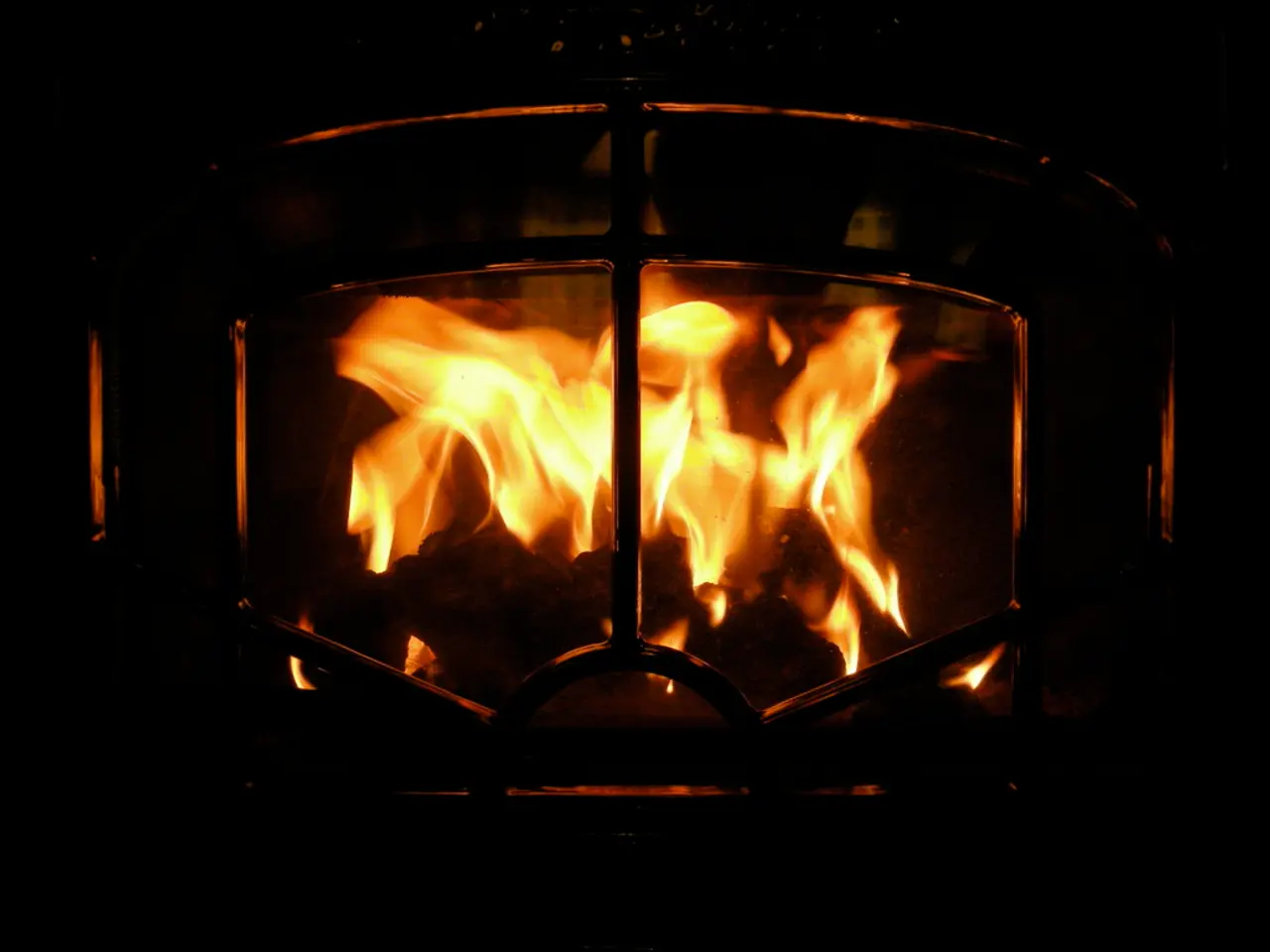Ancient Fire Mysteries: The Role of Fire in the Prehistoric Ice Age
In a groundbreaking archaeological find, researchers have unearthed well-preserved fireplaces at the Upper Paleolithic site Korman' 9 in Ukraine, offering valuable insights into human behaviour and technology during the last ice age.
The discovery of these fireplaces highlights the diverse uses and critical importance of fire during this period. Fire was not just a survival mechanism, but a versatile technology that underpinned hunting strategies, food nutrition improvements, habitat management, and social organization.
One of the key findings is the use of fire as a tool in food preparation. The well-preserved fireplaces suggest that people were cooking meat, improving nutrition by making food more digestible and safer to eat. Evidence from contemporaneous Upper Paleolithic and other prehistoric sites also indicates that fire facilitated butchering and prey defleshing near hearths, demonstrating an organized approach to food processing.
Fire was also employed to clear caves or living spaces, providing cleaner and safer shelters. This enabled humans to extend their geographic range into colder climates, allowing for migration and settlement in diverse environments due to better thermal regulation and habitat modification.
Beyond warmth and food, fire was a crucial element in the manufacturing of hunting and cutting tools. The heating and knapping of flint to produce varied implements was a common practice.
The maintenance of hearths likely had social and cultural implications, facilitating group cohesion and the emergence of complex behaviours characteristic of the Upper Paleolithic cultural advancements.
Specifically for the Korman' 9 site, the well-preserved fireplaces confirm these uses within the local context in Ukraine. The findings suggest that ice age people had a more sophisticated understanding of fire and its uses than previously believed.
The discoveries at Korman' 9 offer rare and high-resolution insights into life during the Palaeolithic. The fireplaces provide unique insights into the use of fire during extreme cold and resource scarcity in the last ice age. The efficient use of fire under extreme conditions demonstrated technical skill, social organization, and a deep understanding of natural resources.
The fires at the site reached temperatures of over 600 degrees Celsius, indicating an advanced understanding of fuel sources and combustion. The charcoal remains indicate the use of pine wood in the fireplaces. Partially charred bone findings suggest that animal remains, including bones and fat, were used as additional fuel.
The fireplaces at the open-air site Korman' 9 demonstrate remarkable technical skills in their construction. The largest fireplace produced more heat than the others, suggesting different uses based on seasonal conditions or social requirements. The fires at the site were visited multiple times and possibly in different seasons.
The findings were presented in a recently published article by researchers from the University of Algarve and the University of Vienna. This archaeological find expands our knowledge of the Palaeolithic and sheds new light on human cognitive and cultural development during the Ice Age.
References:
[1] University of Algarve and University of Vienna researchers. (n.d.). Korman' 9: New fireplace discoveries in Ukraine provide insights into the Palaeolithic. Retrieved from https://www.ualg.pt/noticias/korman-9-new-fireplace-discoveries-in-ukraine-provide-insights-into-the-palaeolithic
[4] White, T. (2021). Fire and the evolution of human behaviour. Nature, 598(7881), 223-225. doi:10.1038/d41586-021-00278-6
Science has revealed that the well-preserved fireplaces found at the Upper Paleolithic site Korman' 9 underscore the multifaceted role of fire in health-and-wellness, particularly during the last ice age. Fire enabled improvements in food nutrition, supported hunting and tool manufacturing, facilitated social organization, and aided in creating safer living spaces. Additionally, these fireplaces offer significant insights into the fitness-and-exercise rituals of the ice age people, as their evidence suggests organized food processing and seasonal use of hearths.




